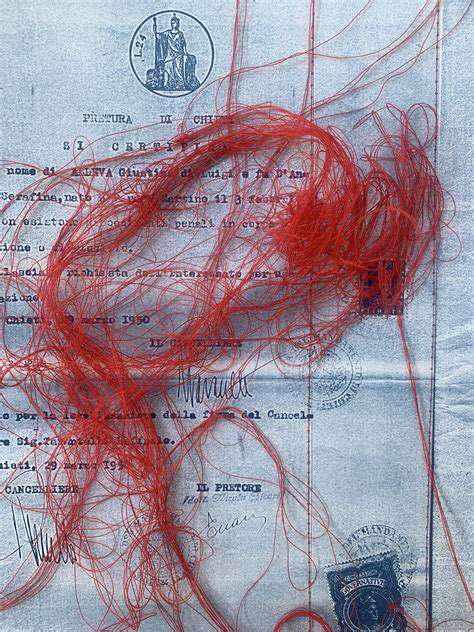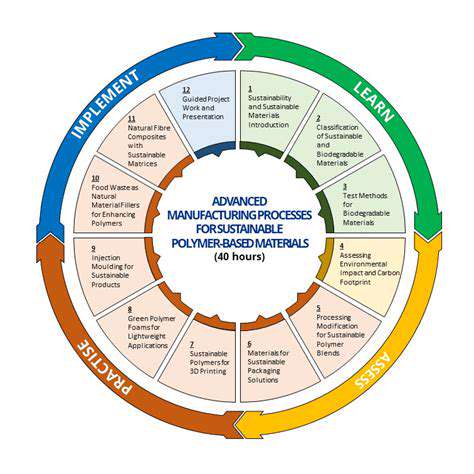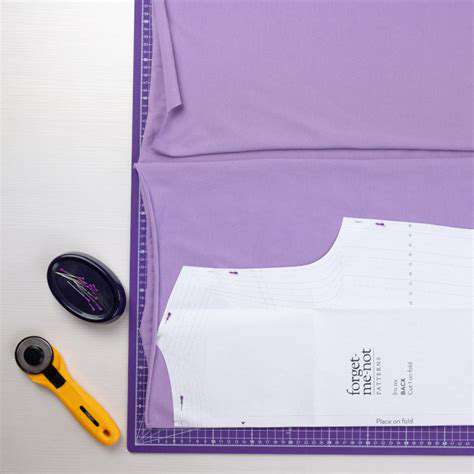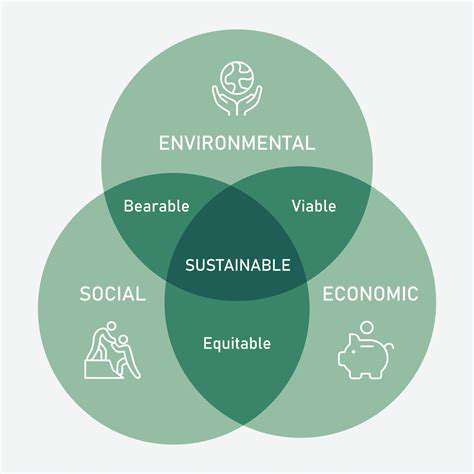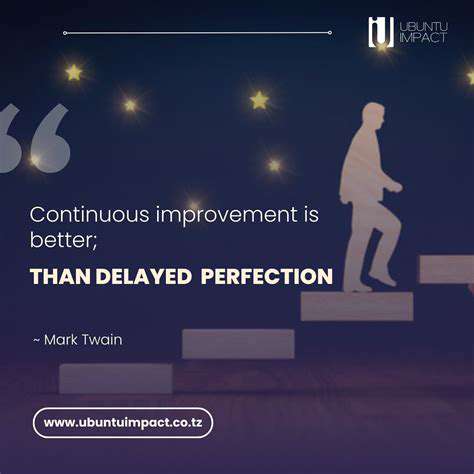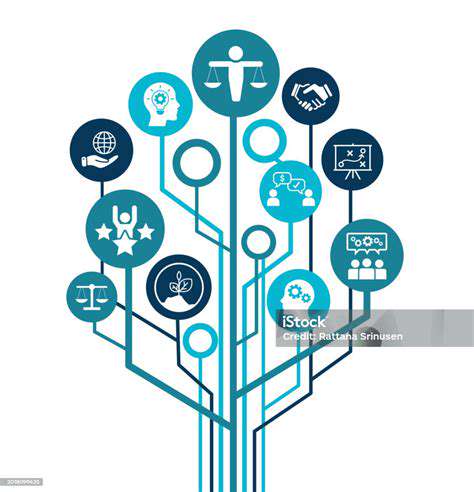Copyright and Fair Use in User Generated Content: A Legal Guide
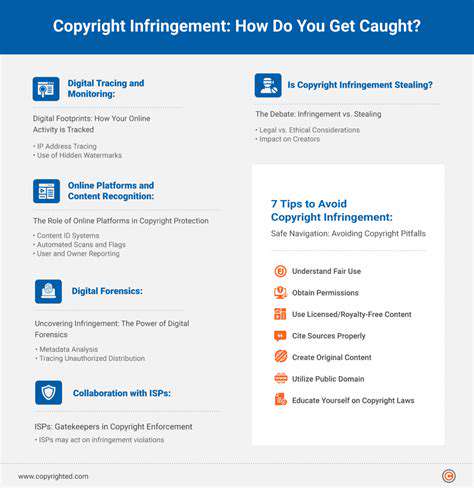
Understanding Copyright
Copyright infringement occurs when someone uses copyrighted material without permission from the copyright holder. This unauthorized use can include copying, distributing, displaying, or performing the work. Understanding the fundamental principles of copyright law is crucial for avoiding unintentional infringements. Copyright protects original works of authorship, including literary, dramatic, musical, and certain other intellectual works. Copyright protection arises automatically upon creation of a work in a fixed tangible form.
It's important to recognize that copyright protection doesn't extend to ideas, facts, or methods of operation. Instead, it safeguards the specific expression of those ideas, facts, or methods. This distinction is often misunderstood, leading to instances of unintentional infringement.
Identifying Copyrighted Material
Copyright protection is often indicated through a copyright notice, usually including the symbol ©, the year of publication, and the name of the copyright holder. However, the absence of a notice doesn't automatically mean a work is not protected. Many works are protected by copyright even if no explicit notice is present.
Recognizing different forms of copyrighted material is vital. This includes books, articles, music, films, software, and artistic works. Carefully reviewing the source material and understanding its status is essential for avoiding infringement.
Fair Use Considerations
Copyright law includes a fair use exception. This allows limited use of copyrighted material without permission in certain circumstances, such as criticism, commentary, news reporting, teaching, scholarship, or research. The specific factors determining fair use are complex and fact-dependent, and it's advisable to consult with legal counsel. Fair use is a limited exception, and the specific use must be justified.
The four factors that courts consider when determining fair use are: the purpose and character of the use, the nature of the copyrighted work, the amount and substantiality of the portion used in relation to the copyrighted work as a whole, and the effect of the use upon the potential market for or value of the copyrighted work. Understanding these factors can help in determining if a use is fair.
Consequences of Infringement
Copyright infringement can result in significant legal consequences, including monetary damages, injunctions to stop further use, and even criminal penalties in severe cases. Understanding the potential legal ramifications is critical for responsible use of copyrighted material. The specific consequences depend on the nature of the infringement and the jurisdiction.
Alternatives to Infringement
Rather than infringing on copyright, explore alternative options for obtaining similar content or information. This may include purchasing licenses, seeking permission from the copyright holder, or creating original works. These alternatives are often preferable to using copyrighted material without permission. Exploring creative commons licenses is also a viable alternative for certain types of content.
Seeking Professional Advice
When dealing with complex copyright issues, seeking legal counsel from a copyright specialist is highly recommended. Legal professionals can provide tailored guidance based on specific circumstances and prevent potential legal issues. This guidance is particularly crucial when dealing with substantial works or commercial uses.
Consulting with an expert can save you from costly mistakes and potential legal problems.
A product's features and benefits are crucial, but they only scratch the surface of its true value proposition. To truly resonate with customers, understanding the underlying problem the product solves is paramount. This goes beyond simply listing functionalities; it's about recognizing how the product improves the customer's life or work.

